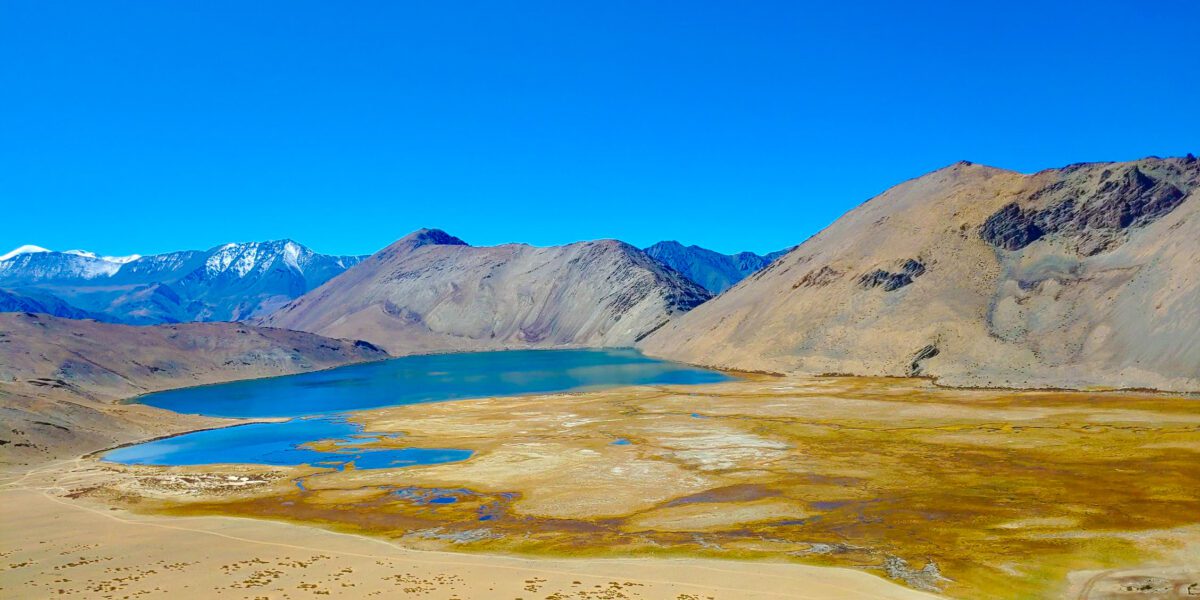The Stillness That Shapes Ladakh’s Soul
By Elena Marlowe
Introduction: A Land Where Silence Breathes
Arrival into a Different Rhythm
When one first arrives in Ladakh, it is not the sights but the silence that overwhelms the senses. The descent into Leh’s small airport, with Himalayan ridges glinting in the morning light, feels less like stepping into a place than into a pause. The air is thin, the heart beats faster, yet everything around seems slowed, suspended in a stillness that whispers of peace and Ladakh peace. In a world where cities roar and clocks chase us forward, here time loosens its grip. This sensation—the absence of hurry, the abundance of quiet—is what makes Ladakh not merely a destination but a refuge. European travellers, often longing for landscapes unsaturated by commerce and noise, find themselves disarmed by the simple honesty of Ladakh’s quietude, where they can experience the essence of Ladakh peace.
Peace in Ladakh is not a commodity nor a performance staged for tourists; it emerges from the land itself. The barren ridges of the Himalayas carry their silence like an inheritance, sculpted by wind, snow, and centuries of watchful skies. The rivers cut valleys where villages bloom in pockets of green, and above them monasteries perch like guardians of serenity. To walk these streets is to feel history alive in prayer flags fluttering in mountain breezes, each color a reminder of balance and harmony. For those searching for more than escape—for those yearning for a form of clarity—Ladakh extends an invitation: to breathe, to listen, and to rediscover how stillness shapes the soul.
Ladakh peace is a gentle embrace that envelops visitors, inviting them to delve deeper into the landscape’s tranquillity. It is a reminder that the stillness found in Ladakh is not an absence but a presence—a presence that speaks volumes to those willing to listen.
“Peace is not merely the absence of noise but the presence of a deeper rhythm—the one that Ladakh teaches to every attentive traveler.”
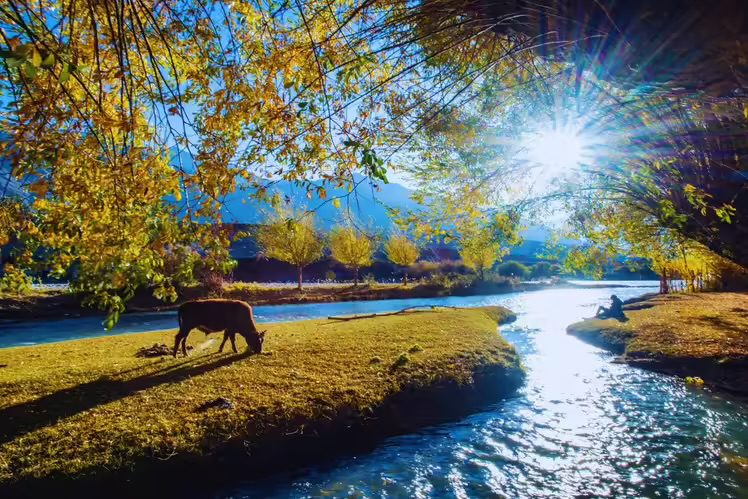
The Monasteries: Architecture of Serenity
Hemis, Thiksey, and Diskit — Chambers of Quietude
Among Ladakh’s many sanctuaries of silence, the monasteries stand as both architectural marvels and spiritual havens. Hemis Monastery, perhaps the most famous, rises out of the landscape like a fortress of tranquility. Its whitewashed walls and golden rooftops glow against the azure sky, but it is the chanting within that leaves the deepest impression. The sound of monks reciting ancient prayers, echoing through cavernous halls, transforms mere stone into a living presence. Visitors often describe entering Hemis as crossing a threshold, where the outside world dissolves into the rhythm of syllables repeated for centuries. Here, peace is not abstract but embodied, a sensation that settles into bones and breath.
In the stillness of Hemis Monastery, the true essence of Ladakh peace can be felt. Visitors often find that this peaceful atmosphere allows for introspection and a deeper connection to the spiritual energy of the site.
Thiksey Monastery, with its tiered structure reminiscent of Tibet’s Potala Palace, offers a different kind of serenity. Its vast assembly halls hold giant statues of the Buddha, their calm gazes absorbing the worries of all who enter. To climb its stairways at dawn is to rise into a chorus of bells and murmured mantras, the horizon widening with each step. The Nubra Valley’s Diskit Monastery, meanwhile, is known less for grandeur than for its intimacy. Perched above the valley, its colossal Maitreya Buddha gazes out over dunes, villages, and winding rivers, as if blessing all life below with a quiet strength. For travelers who sit in its courtyard, the stillness mingles with desert winds, offering moments of unexpected clarity. In these monasteries, architecture and landscape conspire to create chambers where peace is not observed but inhabited, making Ladakh synonymous with spiritual calm.
At Diskit Monastery, the palpable Ladakh peace radiates from the surroundings. As one gazes upon the Maitreya Buddha, they can sense the harmony that characterises this sacred space.
The Rituals of Dawn and Dusk
If Ladakh teaches peace, its lessons are most eloquent at the edges of the day. At dawn, when the cold bites and the sky pales into blue, monks gather in temples to chant. Butter lamps flicker in the half-light, casting golden reflections against ancient murals. The visitor, often jetlagged and breathless from the altitude, finds herself slowing, aligning with the cadence of ritual. To sit on the floor among Ladakhis and travelers alike, hands folded, is to discover that peace can be shared without words. The morning passes not in activity but in listening—to the crackle of lamps, the rhythm of chants, the steady breath of silence that fills the room.
This ritual serves as a powerful reminder of the Ladakh peace that permeates every moment spent in the region. It is these shared experiences that forge connections between people and the land, fostering a deeper appreciation for the stillness that defines Ladakh.
At dusk, the valleys quiet once more. The sun sinks behind ridges, stretching shadows across barley fields and stone houses. The daily tasks of villagers end, animals return to their shelters, and the monasteries glow with the last embers of light. In Thiksey or Hemis, evening chants rise again, but softer now, like a lullaby for the mountains themselves. For the mindful traveler, this is when Ladakh reveals its essence: peace not as escape, but as rhythm, woven into the natural cycle of the day. It is in these transitions—from night to day, from activity to rest—that one realizes Ladakh’s gift is not the absence of sound but the presence of harmony. Such rituals root travelers in the present moment, guiding them toward inner stillness that lingers long after they depart.
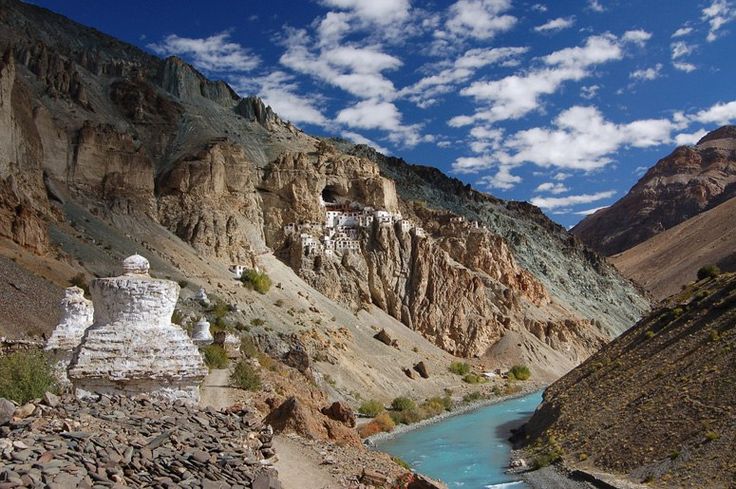
Landscapes of Tranquility
Pangong and Tso Moriri — Lakes of Stillness
To speak of Ladakh’s peace without its lakes would be to leave the story unfinished. Pangong Lake, stretched across India and Tibet, is a shifting canvas of blue. At sunrise, its surface is pale silver, while midday transforms it into a turquoise mirror that defies description. Travelers who arrive expecting spectacle instead find themselves hushed. The silence here is palpable, broken only by the wind moving across the water. The stillness becomes contagious, compelling even the most restless visitor to sit, to breathe, and to listen. To stand at Pangong’s edge is to recognize peace as a vastness—something wider than thought, older than language. This is why many describe it as one of the most peaceful places on earth, a lake that teaches tranquility to anyone willing to linger.
Pangong Lake is not just a destination but a profound experience of Ladakh peace. Its vastness encourages contemplation, drawing visitors into a meditative state where they can truly connect with nature.
Tso Moriri, less famous yet perhaps more profound, deepens the lesson. Located in the Changthang Plateau, its remote shores are touched only by nomads, their yaks grazing the high-altitude grasslands. Nights here are unlike anywhere else, for the stars appear not above but all around, reflected in the lake’s glassy surface. It is a place that invites meditation not through ritual but through sheer stillness. To sit wrapped in blankets beneath the night sky is to feel the immensity of silence, a quiet that humbles and soothes in equal measure. These lakes are not merely scenic stops on an itinerary; they are sanctuaries, where nature becomes the most eloquent teacher of inner calm.
Tso Moriri, with its serene surroundings, deepens the understanding of Ladakh peace, allowing one to embrace the stillness that defines this hidden gem.
Nubra and Zanskar — Valleys of Harmony
If Ladakh’s lakes embody stillness, its valleys express harmony. Nubra Valley, reached over the Khardung La Pass, is a landscape of contrasts: desert dunes set against snow-capped peaks, monasteries clinging to cliffs, villages blooming like small oases. Yet the surprising union of opposites is precisely what gives Nubra its serenity. Travelers walk its sand dunes at twilight, watching camels cross under violet skies, and realize that peace is not uniform but layered, a balance between extremes. For Europeans accustomed to crowded coastlines and cultivated landscapes, Nubra feels elemental, untouched in a way that nourishes the soul.
Nubra Valley showcases the balance of serenity and vibrancy, a perfect embodiment of Ladakh peace that captivates every traveller.
Zanskar Valley, even more remote, is peace earned through distance. Reaching it requires patience, days of winding roads or trekking paths, but what awaits is a refuge from the noise of the modern world. Ancient stupas mark pathways, villages appear suddenly amid barren ridges, and rivers carve silent journeys through stone. Here, the notion of peace merges with endurance: it is not given easily, but once encountered, it lingers. The harmony of Zanskar is not decorative; it is austere, humbling, and deeply restorative. To those who seek it, the valley reveals that peace is not the absence of hardship but the presence of balance. In both Nubra and Zanskar, Ladakh’s valleys echo the deeper truth of serenity—one that thrives on contrast and resilience.
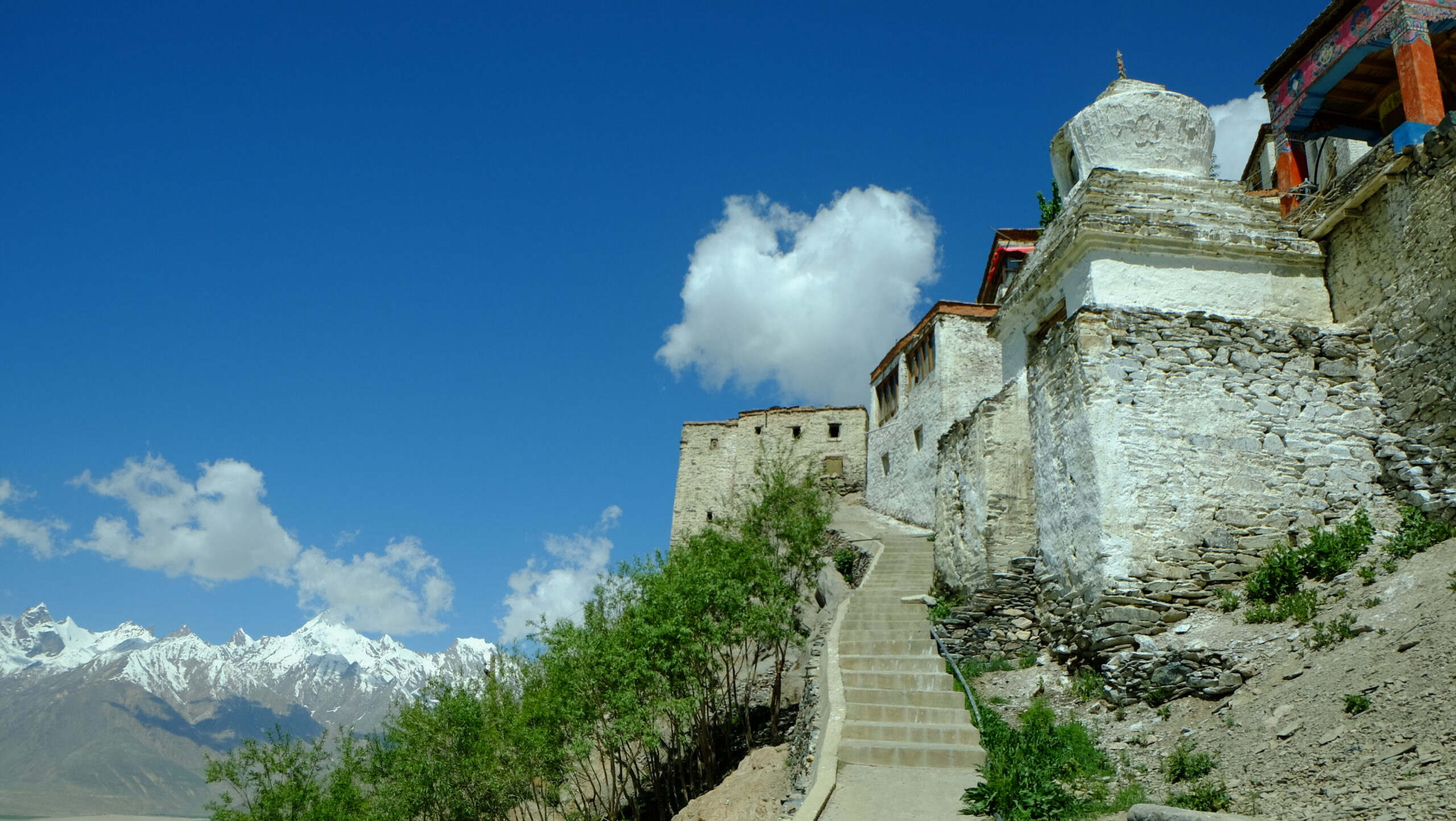
In Zanskar Valley, the journey to find Ladakh peace is a reflection of the resilience of its landscape and its people, reminding travellers that true harmony is earned.
The Culture of Peace
The culture of peace in Ladakh extends beyond landscapes, offering a glimpse into a lifestyle where every action resonates with the spirit of Ladakh peace.
Ladakhi Hospitality and the Slow Life
Ladakhi hospitality embodies the essence of Ladakh peace. It is in each shared moment that visitors can truly appreciate the warmth of the culture.
Beyond landscapes and monasteries, Ladakh’s peace endures in its people. Villagers greet strangers with warmth, not performance, offering butter tea or a place to rest without expectation. Hospitality here is rooted not in transaction but in tradition, in the belief that every guest is a blessing. For European travelers, often accustomed to rushed service or the anonymity of large hotels, this intimacy is transformative. To sit in a mud-brick kitchen, warmed by a stove, sipping tea thick with butter and salt, is to encounter a slower rhythm of life. Conversations meander, silences are shared without discomfort, and one realizes that peace can dwell not only in landscapes but also in the cadence of human exchange.
Daily life in Ladakh unfolds at a pace that resists modern haste. Fields are tilled by hand, yaks guided slowly across pastures, children walk together to school on dusty paths. The pace is deliberate, and through it, one senses a culture that values harmony over urgency. This slow life is not romanticized poverty but a conscious adaptation to altitude, climate, and geography. It teaches the traveler that serenity is not accidental—it is cultivated through patience, resilience, and community. In Ladakh, peace becomes tangible in the smile of a villager, the shared laughter of children, and the simple dignity of life lived in rhythm with the land.
Festivals as Meditations in Color
To witness a festival in Ladakh is to see how peace expresses itself in celebration. The Hemis Festival, renowned for its masked dances and vibrant processions, is not chaotic but profoundly ordered, every gesture layered with meaning. Monks in brightly colored robes swirl in slow, deliberate movements, each step a symbolic act of balance. The music—drums, horns, chants—rises not to overwhelm but to weave a communal rhythm that binds spectators together. For the traveler, it is both spectacle and meditation, a vivid reminder that peace is not always silent but can be joyously alive.
Festivals in Ladakh are vibrant expressions of Ladakh peace, where the community comes together to celebrate life, harmony, and tradition.
Smaller village festivals, less known to outsiders, reveal another side of harmony. Families gather, offerings are made, stories retold. These gatherings blur the line between sacred and everyday, reminding us that peace is not confined to monasteries or landscapes but thrives in community rituals. In these moments, the Ladakhi people show that serenity need not be solemn—it can be colorful, communal, and celebratory. The festivals of Ladakh, whether grand or humble, embody peace as a living tradition, one that flows through music, movement, and memory. They remind travelers that tranquility can be found not only in silence but in the collective joy of a culture that has learned to live in balance with its world.
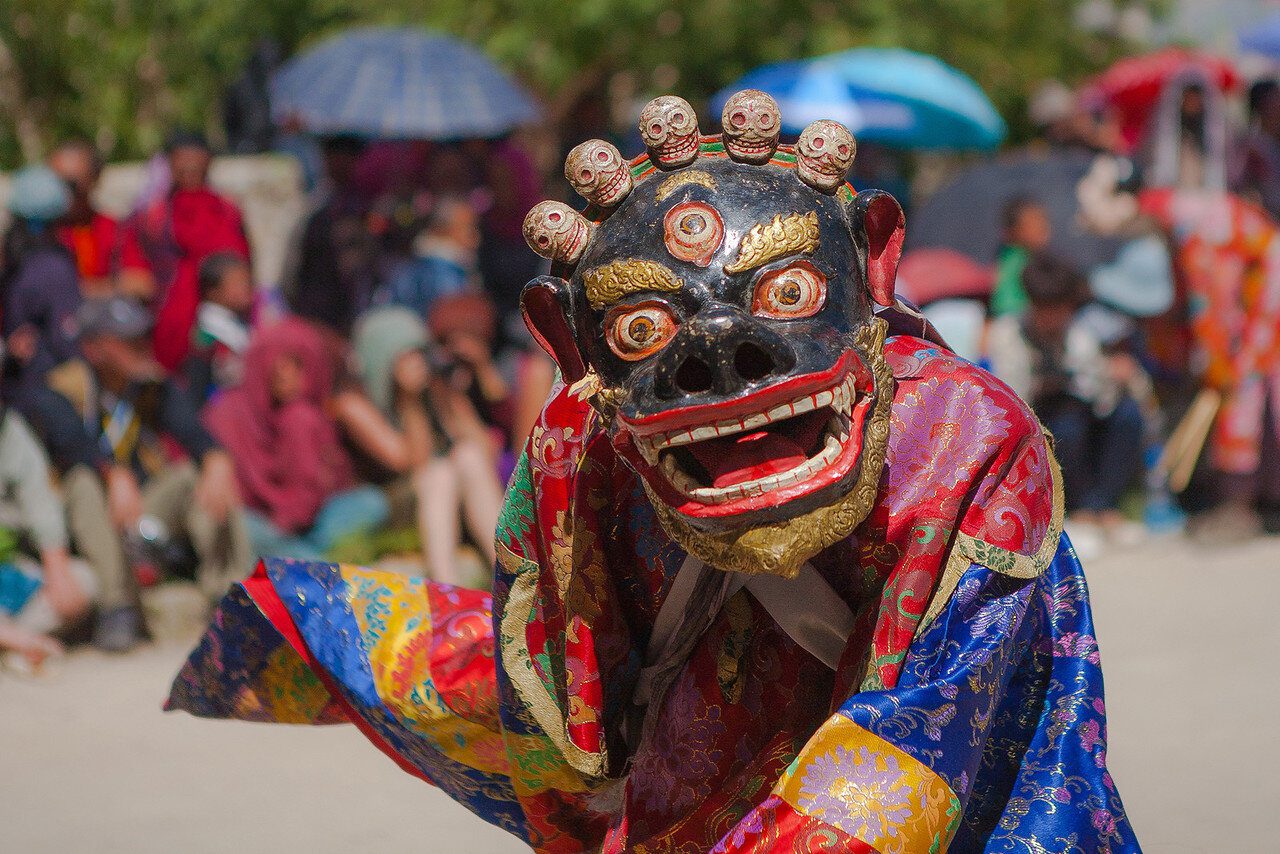
A Refuge for the Mindful Traveler
Why Ladakh is the Most Peaceful Place on Earth
In witnessing the unique interplay of nature and culture, one understands why Ladakh is revered as the most peaceful place on earth, a true testament to Ladakh peace.
To describe Ladakh as the most peaceful place on earth is not exaggeration but recognition. Its peace comes not from isolation alone, but from the way land, people, and spirit interlace. The Himalayan silence is profound, yet within it are rhythms of prayer, work, and celebration that create a harmony rarely found elsewhere. For European travelers arriving with lives pressed by deadlines, this harmony is startling. To wander through Leh’s market at dusk, hearing laughter echo against mountains, or to sit alone by the Indus River, watching light soften on its waters, is to witness how peace is lived rather than proclaimed. Ladakh teaches that serenity is not escape—it is presence, a deeper attunement to each moment as it unfolds.
Unlike curated wellness retreats, Ladakh’s calm is unmanufactured. It exists in the stillness of valleys, in the measured gestures of villagers, in the resilience of a culture that has thrived in extreme conditions without losing its gentleness. This peace cannot be bought; it must be experienced in the rhythm of life here. That is why Ladakh becomes more than a destination: it becomes a mirror. Travelers find themselves slowing down, breathing deeper, and carrying home a version of themselves that has remembered what stillness feels like. This is the true gift of Ladakh—the rediscovery of balance within oneself through the landscapes and lives of a place that has long practiced it.
Ultimately, the journey through Ladakh leads to the profound discovery of Ladakh peace, a state of being that resonates long after one departs.
Practical Whispers for the Journey
Though the essence of Ladakh is serenity, experiencing it requires preparation. The altitude can be demanding, and mindful acclimatization is essential. Travelers are advised to spend at least two days in Leh before venturing to higher valleys or lakes, allowing the body to adjust gently. Packing should be practical yet intentional: layers of warm clothing for sudden changes in weather, sun protection for the high-altitude glare, and simple trekking shoes for monastery steps or village paths. Above all, travel light—peace is more easily encountered when burden is less.
The best time to visit for those seeking quietude is between May and September, when passes are open and nights, though cold, are not severe. Even then, avoid the busiest routes if seeking solitude; offbeat valleys like Zanskar or remote lakes like Tso Moriri reward with fewer crowds and deeper calm. Respecting local traditions is part of the journey. Carry permits where required, but also carry humility: remove shoes before entering temples, ask before photographing villagers, and participate in silences with sincerity. Eco-conscious choices matter here—water is scarce, waste management fragile, so every mindful act contributes to the preservation of Ladakh’s harmony. In this way, travel itself becomes an offering, a gesture of gratitude to a place that shares so much peace with those who listen.

Conclusion: Carrying Ladakh’s Silence Home
Cultivating Ladakh peace is an ongoing journey, one that begins with the intention to seek understanding and appreciation for the world around us.
Ladakh’s greatest gift is not only its landscapes or monasteries but the silence that lingers long after departure. For travelers, this peace is not a fleeting souvenir but a deeper rhythm carried into daily life. It reminds us that tranquility is possible even in noisy cities, that moments of stillness can be cultivated wherever we live. In walking through valleys, sharing tea with villagers, or gazing at stars mirrored in high-altitude lakes, one discovers that Ladakh is not just geography—it is philosophy. To journey here is to learn that peace is not elsewhere, it is within us, waiting to be remembered. And when we carry Ladakh’s silence home, we become not just travelers but custodians of a quieter, more mindful way of being.
FAQs
Is Ladakh truly safe for solo travelers seeking peace?
Yes, Ladakh is considered one of the safest destinations in India, especially for those traveling alone. Villagers are hospitable, monasteries welcome visitors, and crime is extremely rare. The only challenge is altitude and terrain, which require preparation, but safety in human terms is reassuringly high.
What is the best time of year to experience Ladakh’s peaceful atmosphere?
The months from May to September are ideal, offering accessible roads and pleasant weather. For quieter experiences, early June or late September are recommended, when crowds are fewer and landscapes retain their stillness. Winter visits are possible but challenging due to closed passes and extreme cold.
Are there specific monasteries best suited for meditation and silence?
Yes, monasteries such as Hemis, Thiksey, and Diskit are renowned for their tranquil atmospheres. Each offers unique experiences of peace, from morning chants to evening rituals. Visitors can sit quietly during ceremonies or spend time in courtyards, where silence blends naturally with the surrounding landscapes.
Can families with children also find peace in Ladakh?
Absolutely. While altitude requires careful acclimatization for younger travelers, Ladakh’s villages, open spaces, and calm lakes can be enriching for families. Children often find joy in exploring monasteries, meeting locals, or simply gazing at the stars. Families discover that peace here is intergenerational.
How can travelers ensure their visit supports Ladakh’s culture and environment?
Travelers can support Ladakh by respecting traditions, minimizing plastic use, conserving water, and choosing local homestays or guides. These actions preserve the delicate environment and empower local communities. Responsible travel ensures that Ladakh’s peace endures for future generations, sustaining both its culture and ecology.
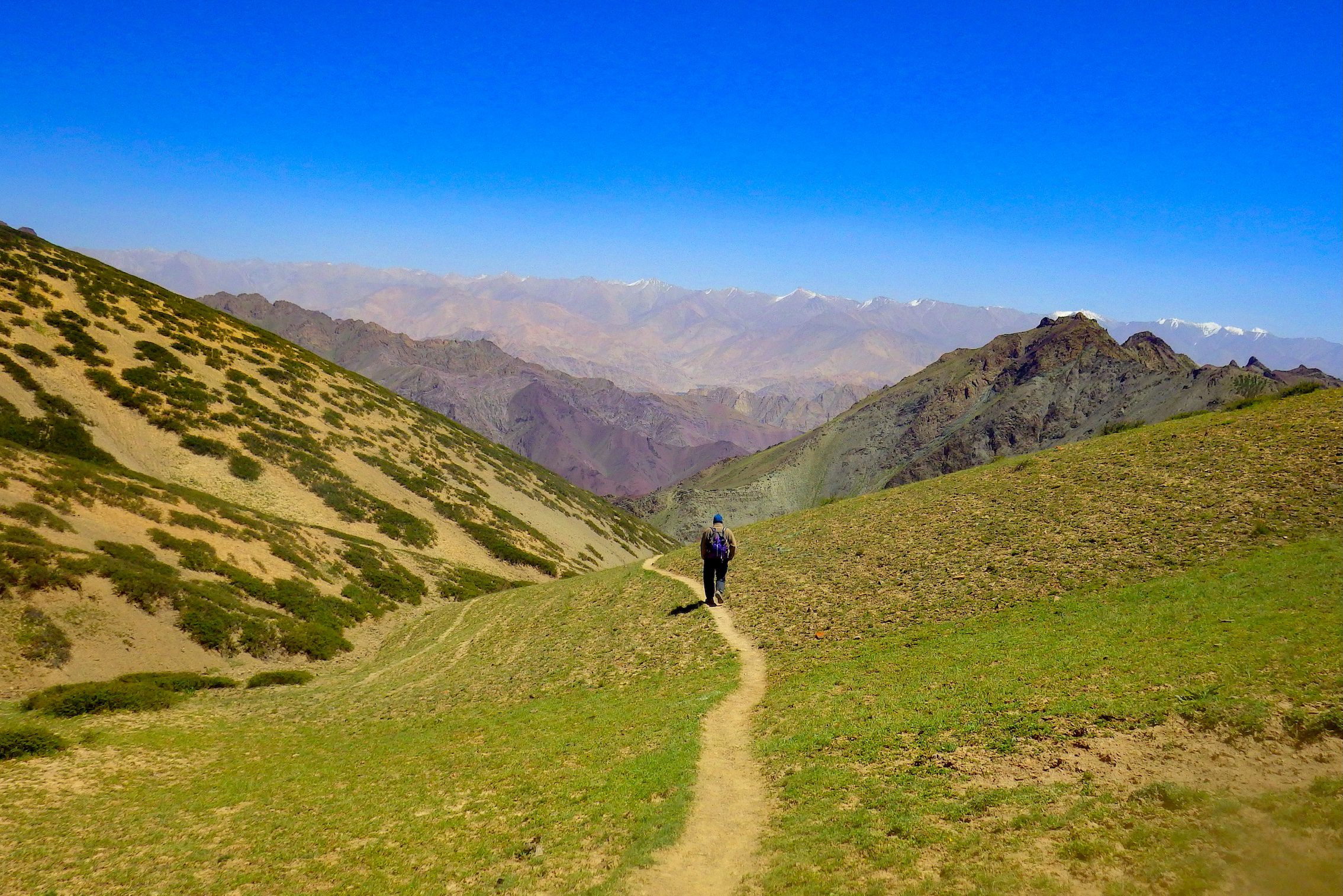
In supporting the local culture and environment, travellers contribute to the sustainability of Ladakh peace, ensuring that future generations can also experience this unique tranquillity.

